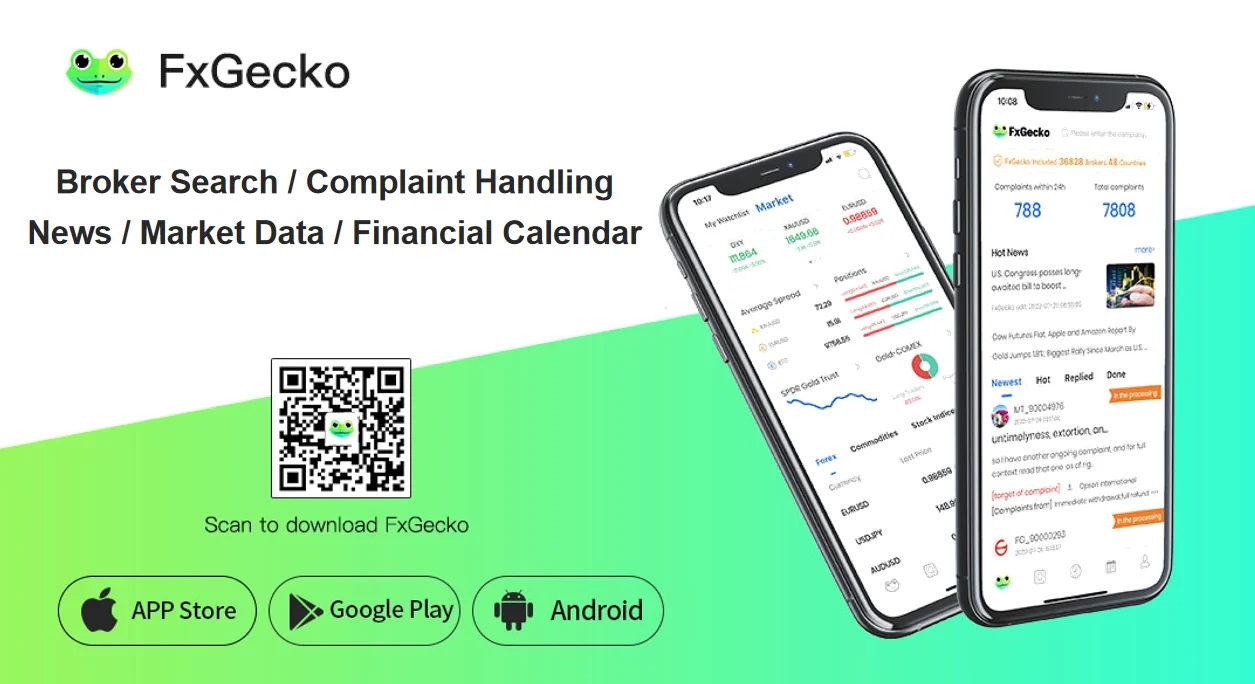It’s something that every marketer dreams of – to get a glimpse of what goes on in the customer’s mind as he or she moves through the purchasing process.
Today, that dream is almost within the realm of the possible.
In the not-too-distant past, when you walked into a brick-n-mortar store, the business owner could observe the things you did as you came in, whether you knew exactly where to go, and what to select, how to pay for it, etc. If you looked a little confused, a salesperson would be directed to assist.
When you finished, you could approach the check-out counter and perhaps spend a few moments chatting with the clerk, describing your experience, making complaints or sharing certain personal information.
This is what the online shopping experience should feel like.
What Is Behavioral Segmentation?
In order to fine-tune the customer-business connect, the hitherto amorphous “market” was segmented initially into demographic, geographic, firmographic, etc. marketers discovered a more actionable perspective through the analysis of user behavior.
While the online shopper may find it similar in many ways to the “real” thing, for the business owner, it may not be possible to really see the shopping cruising the aisles or get their impressions as they view the merchandise. You may not be able to gauge their intentions, decode their behavior or know exactly what they want.
However, with advances in technology, owners of online businesses have access to enormous volumes of user data from which patterns can be compiled using User Behavior Analytics (UBA). These behavioral patterns that indicate how users interact with the website, and can observe their journey through the site.
You also gain valuable insights into interests, motivation and influences, what they prefer and what they avoid, pain points on the website where they have difficulties and/or leave and through this, get more information on the performance of specific pages.
Websites can collect, combine, analyze both qualitative and quantitative data to provide reliable answers to questions such as why and how people came to the site, did they find what they wanted or why did they leave without purchasing, etc.
While conventional analytics has been able to answer questions such as what and how much, the why part of the behavior had remained an unexplored area, till the advent of UBA.
This is possible through the use of heat maps that reveal the areas on the website that the user has spent more time on, session recordings of real time engagement through clicks, taps, scrolling, etc., social media widgets, incoming feedback, on-site reviews and surveys, cookies, etc.
All this data helps to create different segments that have groups of customers who are clearly different from other segments, and who share certain similarities. The segments are also accessible to communication, unique, in significant number to merit investment of time, effort and resources, and can be identified clearly and measured.
Behavioral segmentation can be subdivided into these categories:
- Occasion and event purchasing
- Volume of usage
- Buying journey stage
- Loyalty
- Benefits sought
- Purchasing behavior
Benefits of Behavioral Segmentation
Website and owners of online businesses are sitting on a goldmine of information and consumer data. However, unless this treasure trove is properly leveraged, it remains ineffective and powerless.
The benefits of behavioral segmentation are manifold:
Prediction and forecasting: The Holy Grail of all marketing efforts has been to be able to predict customer behavior so that businesses can forecast their growth plans, new offerings, talent recruitment, expansions, mergers, acquisitions, etc. Through behavioral segmentation, business owners can make reliable predictions about future customer behavior based on past actions.
Personalization: 77% of customers prefer to choose, recommend and pay more for products/services that provide a personalized service. This makes it easier to nurture leads through the purchasing funnel, and to figure out when and where to connect with your leads. It boosts the level of engagement across the site, ramps up conversion rates, encourages repeat customers, firms up the emotional connect and provides only relevant messages to the right target audience, thus saving time, money and effort.
Prioritize: As you decode user data, it becomes clearer to website owners what parts of the site and what features really matter. This helps you when you plan to redesign your site. You can also prioritize your marketing team’s time to keep them focused on the right goals.
When you compile the results from your analytics, and understand what products, when and at what price points the customer interacts, you can prioritize them and create a customer persona. This helps you to deliver more personalized marketing messages.
You can also prioritize your high value leads over occasional or non-frequent ones. This is because you get insights from their behavior on the site, how much time they spend, etc to know whether they’re likely to
UX: A great user experience is something that people seldom forget. Behavioral segmentation helps to make the UX on your website unique, fresh, memorable, useful and valuable. It also ramps up customer acquisition and loyalty, increases opportunities for revenue generation, optimizes development resources, time/costs, while reducing troubleshooting and associated costs, and providing more active insights from user engagement.
Content: The keystone of your website offerings is great content. You can leverage the power of accurate content segmentation by providing each behavioral segment with the kind of content that they’re looking for or find appealing. You can allow visitors to your website to select the type of content that they want from an available library, blogs, videos, e-books, explainers, podcasts, etc.
There are reliable studies that reveal that there is a significant increase in click-through rate right through the user journey from the homepage to CTA by providing appropriate, personalized content.
Behavioral segmentation gives insights into the kind of content that users show preference for. Taking a look at what your competitors are serving can help to streamline the content and make it truly personalized.
Products and Research: Behavioral segmentation helps to augment the decision-making process in terms of new product development, research and development for products and services, new markets to explore and more efficient methods of delivery. Feedback, reviews, social media content etc help to provide the right direction.








Add Comment